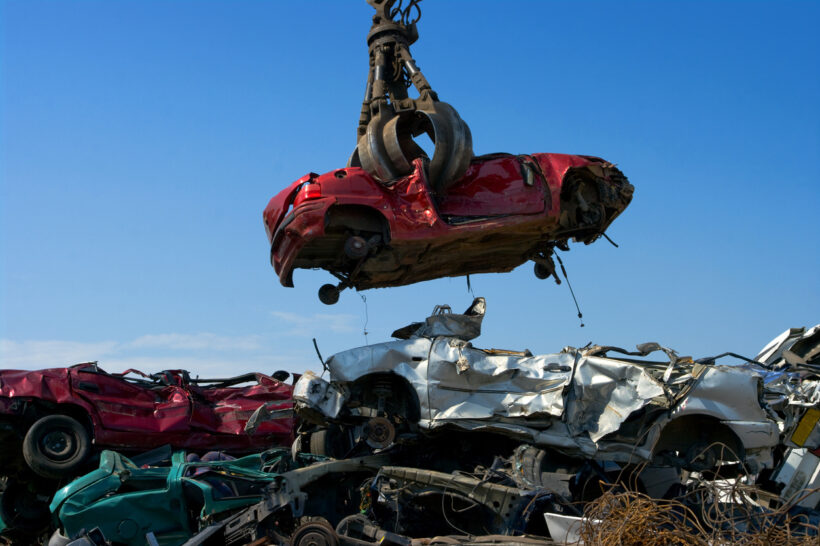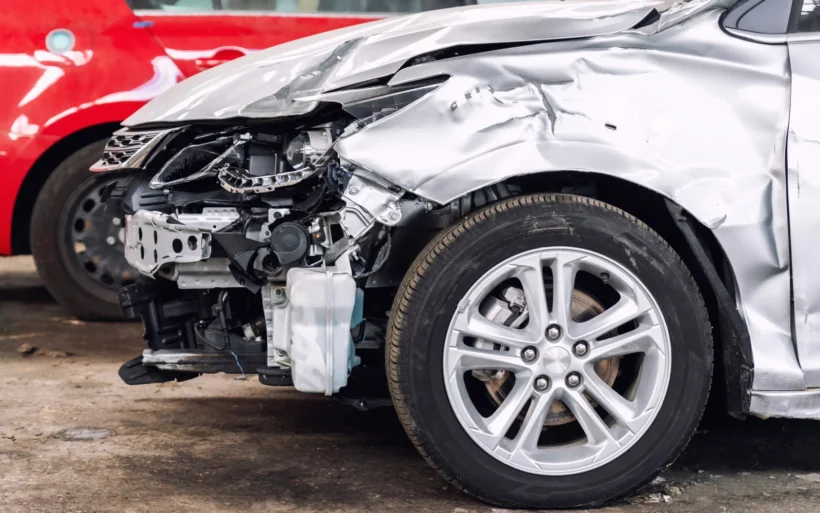Ever wondered what happens to cars when they’re too old or busted to take another trip? Instead of rusting away in a forgotten corner of your garage or ending up in a landfill, they can actually go on a noble quest: saving the environment and your wallet. Welcome to the world of car salvaging, where old cars get to be the unsung heroes in the epic of eco-friendliness and thrift.
What is Car Salvaging Anyway?
Car salvaging is like organ donation but for vehicles. When a car is considered a ‘total loss’ (think severe accidents or just really, really old cars), it doesn’t mean every part of it needs to be thrown away. Salvaging means taking apart the car and recovering everything that can still be used.
These parts can live on in other cars, which is pretty cool because it’s like giving them a second life. Plus, the materials that can’t be reused get recycled, which is a win-win for everyone. Auto parts St Catharines can help you find parts that need another home!
Save the Planet, One Car at a Time
Let’s talk about the big green elephant in the room—how does car salvaging help the planet? Well, by salvaging usable parts and materials, we significantly reduce the need to produce new ones. Manufacturing parts from scratch is resource-intensive, involving mining, processing, and shipping—all of which add up in the environmental cost column.
For example, recycling metals from cars means we need to mine less bauxite for aluminum and less iron ore for steel. This cuts down on all the energy that goes into mining, processing, and transporting these materials, which in turn reduces greenhouse gas emissions. The process also saves a lot of water and energy, which would otherwise be used in manufacturing new parts. Plus, reusing car parts means fewer new materials end up in landfills where they take up space and potentially leach toxins into the soil and water.
A Friend to Your Wallet
Now onto how car salvaging can be a lifesaver for your bank account. Have you ever gone to a mechanic and felt your wallet cry after getting a quote for a new car part? Salvaged parts can be a much cheaper alternative to new ones, often at a fraction of the cost. Whether you need a starter, a mirror, or even something as crucial as an engine, there’s a good chance you can find it in a salvage yard for less. This makes repairs more affordable and keeps more money in your pocket.
Beyond Just Parts: The Role of Salvage Yards
Salvage yards, often called auto recyclers, are the middlemen in the car salvaging process. They take in totaled or old cars, strip them down, and sort out the good parts from the scrap. What’s fascinating is how organized these places are. They know exactly what they have in stock and can often tell you whether they have the part you need just by checking their database.
But it’s not just about stripping old cars for parts. Many salvage yards are now taking their environmental role seriously. They ensure harmful fluids like oil, antifreeze, and refrigerants are properly removed and disposed of or recycled. This is crucial because these substances can be devastating to the environment if they leak into the ground or waterways.
The Ripple Effects
The benefits of car salvaging ripple out beyond just the immediate savings and environmental perks. By reducing the demand for new parts, we also decrease the overall production demands placed on factories, which can lead to less industrial pollution. This can help communities around these factories enjoy cleaner air and water.
Moreover, the car salvaging industry creates jobs. From workers in salvage yards to those in recycling facilities, many people earn their livelihood through this industry. These jobs often require a unique set of skills in mechanics and materials handling, contributing to a specialized workforce.
Challenges and Considerations
Of course, car salvaging isn’t without its challenges. Sometimes, the parts you get from a salvage yard might not be as reliable as new ones, which can be a concern. It’s important to buy from reputable salvagers who offer some guarantee on their parts. Also, there’s the issue of finding exactly what you need. While many yards are well-organized, sometimes you might find yourself on a treasure hunt for a part that’s rare or in high demand.
Another consideration is the regulatory aspect. Salvage yards need to comply with environmental regulations to ensure that they don’t cause more harm than good. This includes proper handling and disposal of hazardous materials and making sure that the salvaged parts are safe and legal to use.
Spreading the Word: Education and Awareness
Despite its benefits, not everyone is aware of what car salvaging involves or how they can participate. Education and raising awareness are crucial for expanding the reach of car salvaging benefits. Many people still believe that salvage yards are just junkyards filled with piles of rusty metal. Changing this perception is important. When more people understand the value found in these places, both in terms of environmental impact and cost savings, demand for salvaged parts increases.
Community workshops, school programs, and even digital marketing campaigns can play significant roles in educating the public. These initiatives can explain how car salvaging works, its benefits, and how individuals can contribute, either by buying salvaged parts or by ensuring their end-of-life vehicles are sent to reputable salvage yards rather than left to deteriorate in a backyard.
Innovation and Technology in Car Salvaging

The car salvaging industry isn’t stuck in the past; it’s evolving with technology. Some salvage yards are implementing sophisticated inventory systems that allow customers to search for parts online, check their availability, and even reserve them. Others are using tools like eBay or other online marketplaces to sell parts directly to consumers across the country or around the globe.
Additionally, there are exciting developments in how materials are processed and recycled. Advanced techniques and machinery are now used to more efficiently disassemble cars and recover more materials at a higher purity level. For example, new methods for recycling plastics from cars are becoming more common, allowing these materials to be reused in the manufacturing of new products, not just other vehicles.



